This Milan Design Week installation invites you to tread barefoot inside a palazzo
At Palazzo Litta, Moscapartners and Byoung Cho launch a contemplative installation on the theme of migration
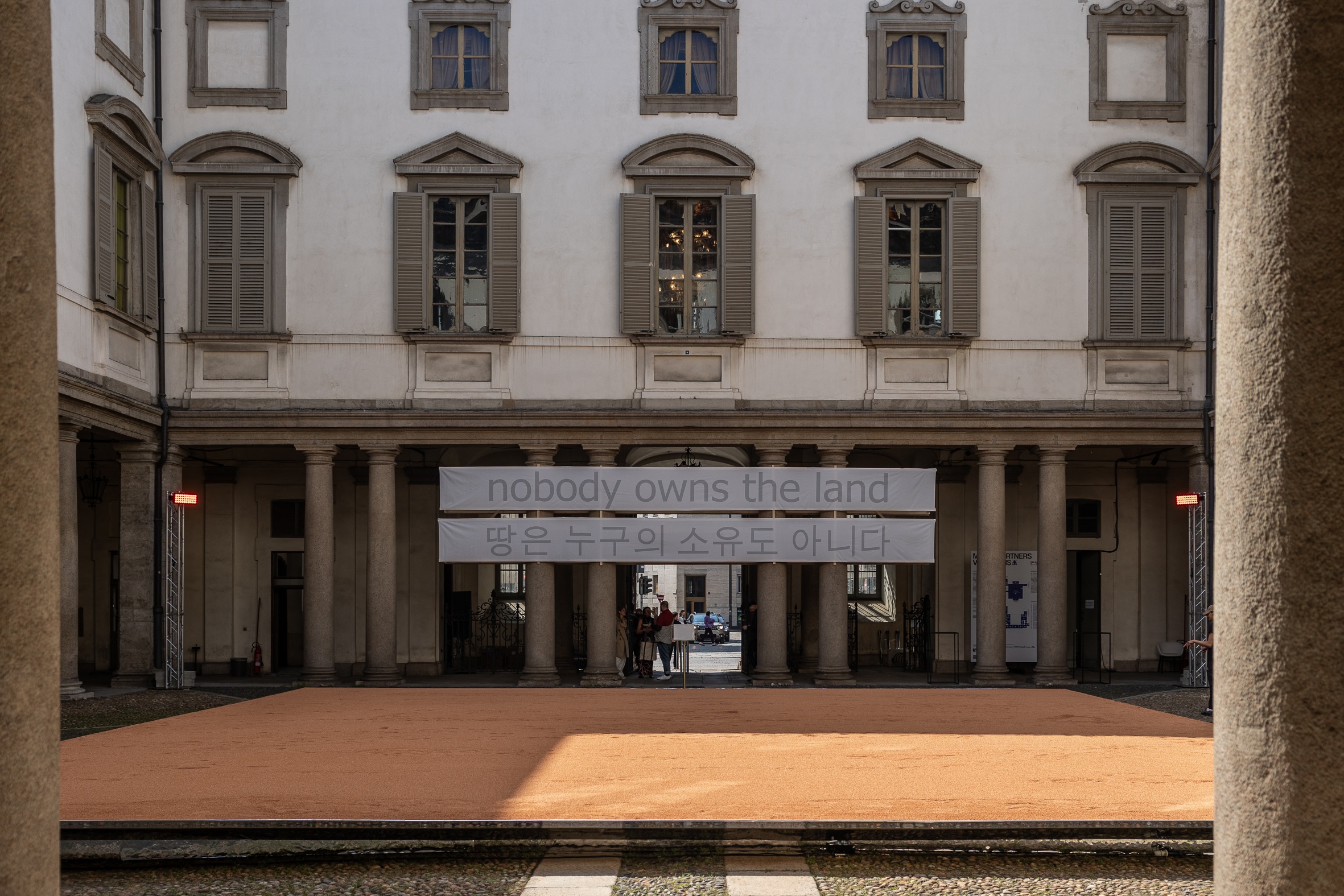
Milan's Palazzo Litta comes alive during Design Week with a new collective exhibition by Moscapartners, centred on the theme of Migrations and featuring a site specific installation by Byoung Cho. This is the Korean architect's first foray in Italy and through the show's theme he explores ideas of cultural cross-pollination and a meeting of East and West through a series of philosophical notions. The piece, set in the building's generous main courtyard and surrounded by colonnades, is titled Nobody Owns the Land: Earth, Forest, Mahk.
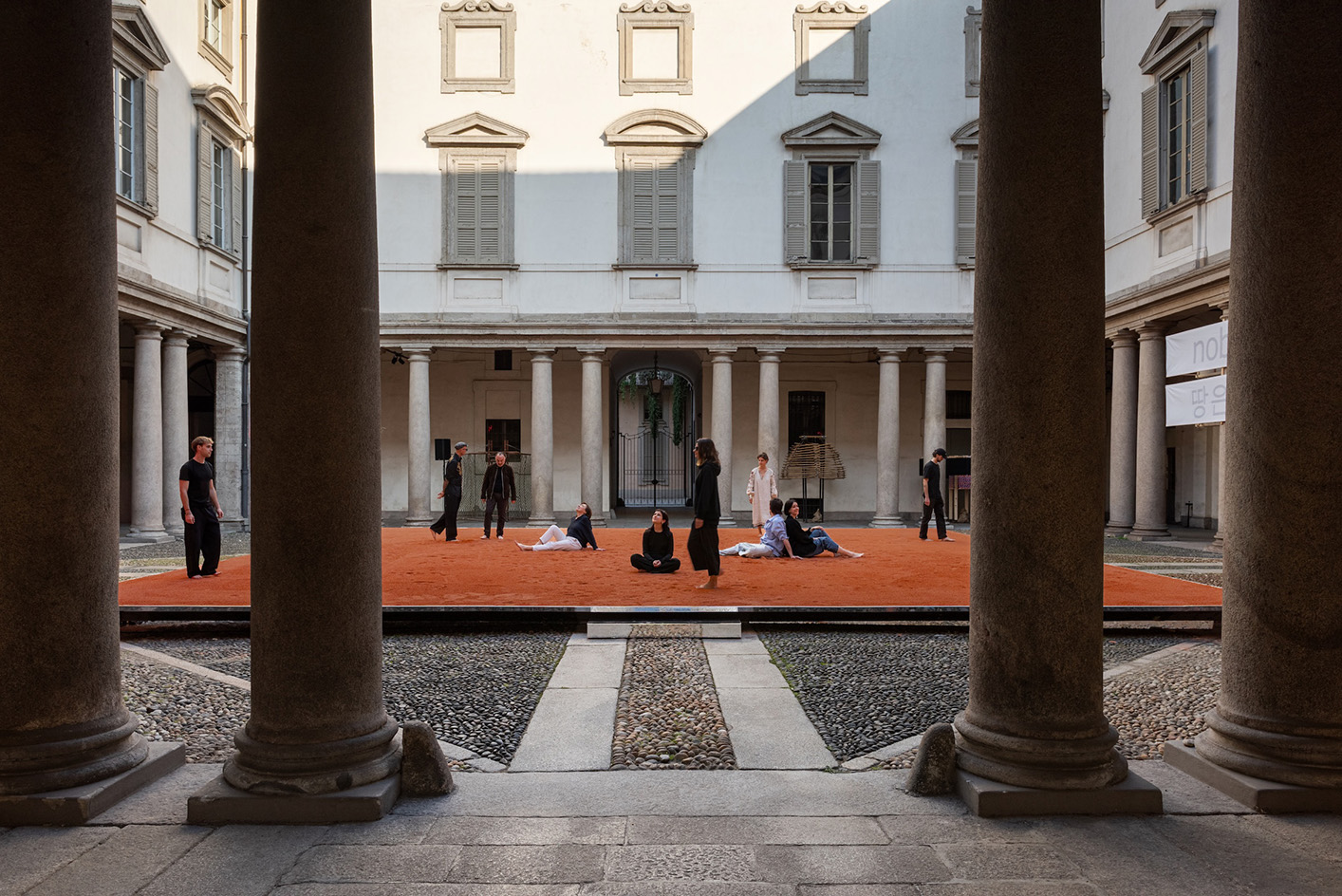
Tour Palazzo Litta and its transformed courtyard
Visually striking and deeply thought provoking, the courtyard piece is composed of a simple, low, geometric shape raised on a platform and filled with bright red soil. It creates a powerfully minimalist centrepiece contrasting Palazzo Litta's elaborate ornament and the city's blue skies.
This piece of constructed earth represents 'the object of conflict,' and visitors are invited to walk on it barefoot. Around it, a series of abstract paintings by Cho frame this experiential moment, like 'trees in a forest.' The phrase 'Nobody Owns the Land' is on display above the red flooring, written in both English and Korean, punctuating the composition. It all culminates in a mindful experience of mahk, the Korean concept for the 'imperfect and spontaneous approach to creation', also found in the country's traditional style of ceramics - mahksabal.
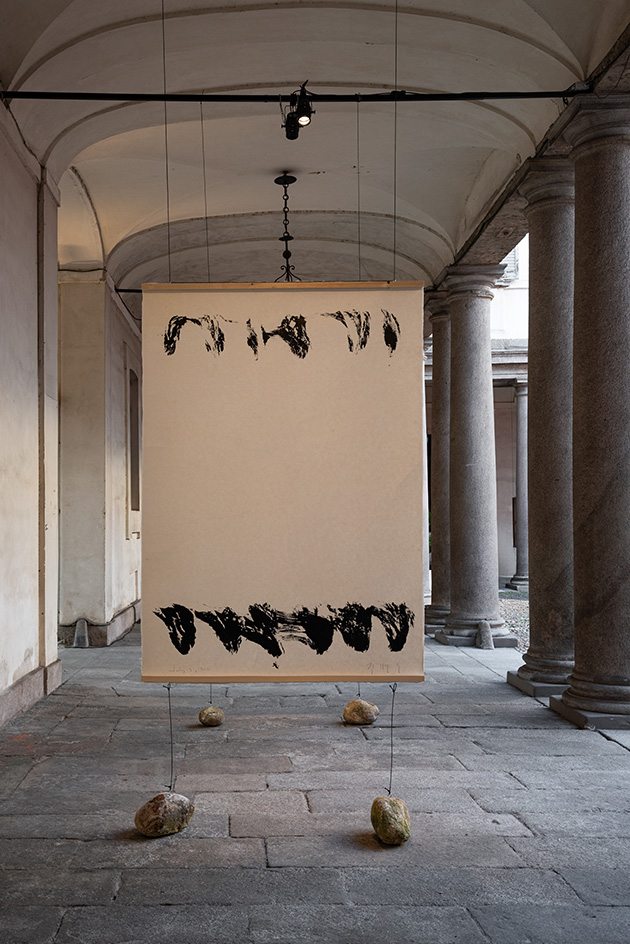
'The experience of the Earth has been conceived as a sanctuary in harmony with the sky of Palazzo Litta, delivering a message of peace,' Cho explains. 'In this time of conflicts surrounding the land, let us take a moment to reflect on the essence of land beyond occupation and ownership, and understand the meaning of peace. May we look up to the sky and reflect on our own existence as an opportunity to realize how fragile and small we are, yet how happy we can be in connection with the land.'
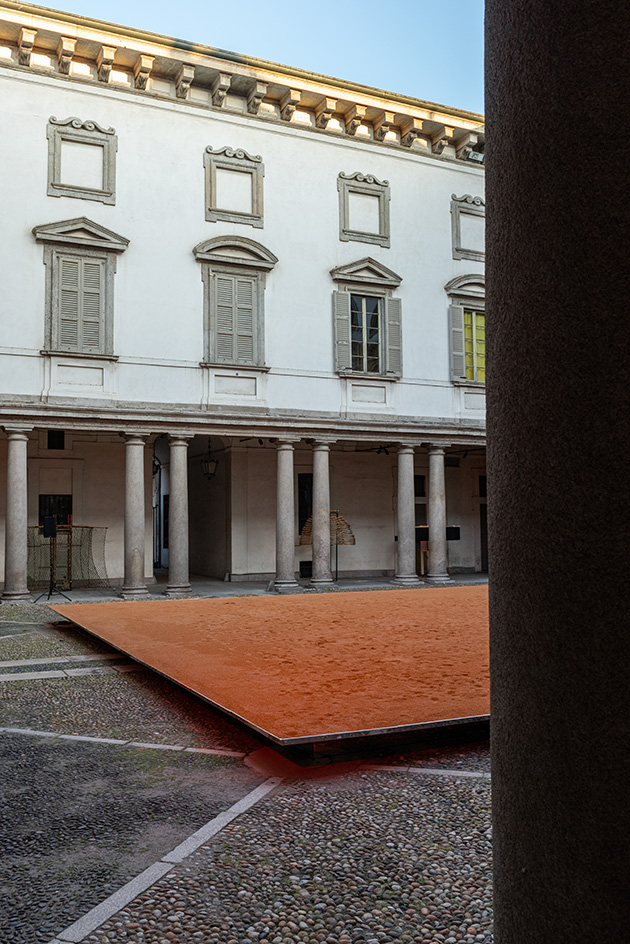
The architect continues: 'The installation came from my strong interest and belief in the Earth, nature, and mahk, the aesthetic that comes from Korean traditional concepts. Mahk is sensual and intuitive, celebrating the act of creation instead of adhering strictly to dogmatic principles. Impressed into its material form is the pure craftwork of a human creator without the hubris of perfection, like a potter leaving behind finger marks on the mahksabal, paying tribute to the perfection inherent in the messiness of nature.'
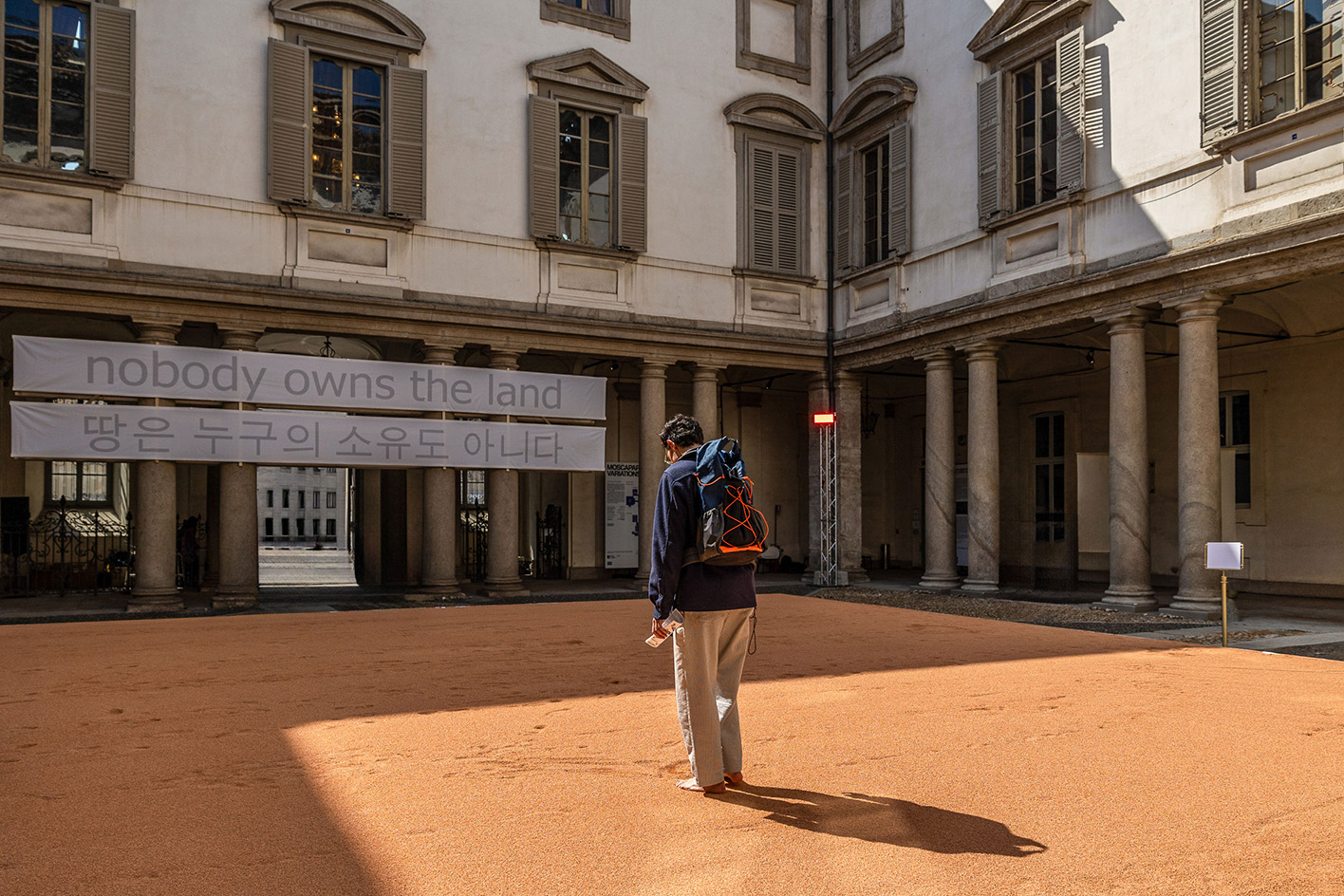
Elsewhere at Palazzo Litta 24 exhibitors from twelve different countries elaborate on similar themes. Their pieces are invaluably complemented by a showcase designed to address the needs of blind and visually impaired people.
Wallpaper* Newsletter
Receive our daily digest of inspiration, escapism and design stories from around the world direct to your inbox.
Ellie Stathaki is the Architecture & Environment Director at Wallpaper*. She trained as an architect at the Aristotle University of Thessaloniki in Greece and studied architectural history at the Bartlett in London. Now an established journalist, she has been a member of the Wallpaper* team since 2006, visiting buildings across the globe and interviewing leading architects such as Tadao Ando and Rem Koolhaas. Ellie has also taken part in judging panels, moderated events, curated shows and contributed in books, such as The Contemporary House (Thames & Hudson, 2018), Glenn Sestig Architecture Diary (2020) and House London (2022).
-
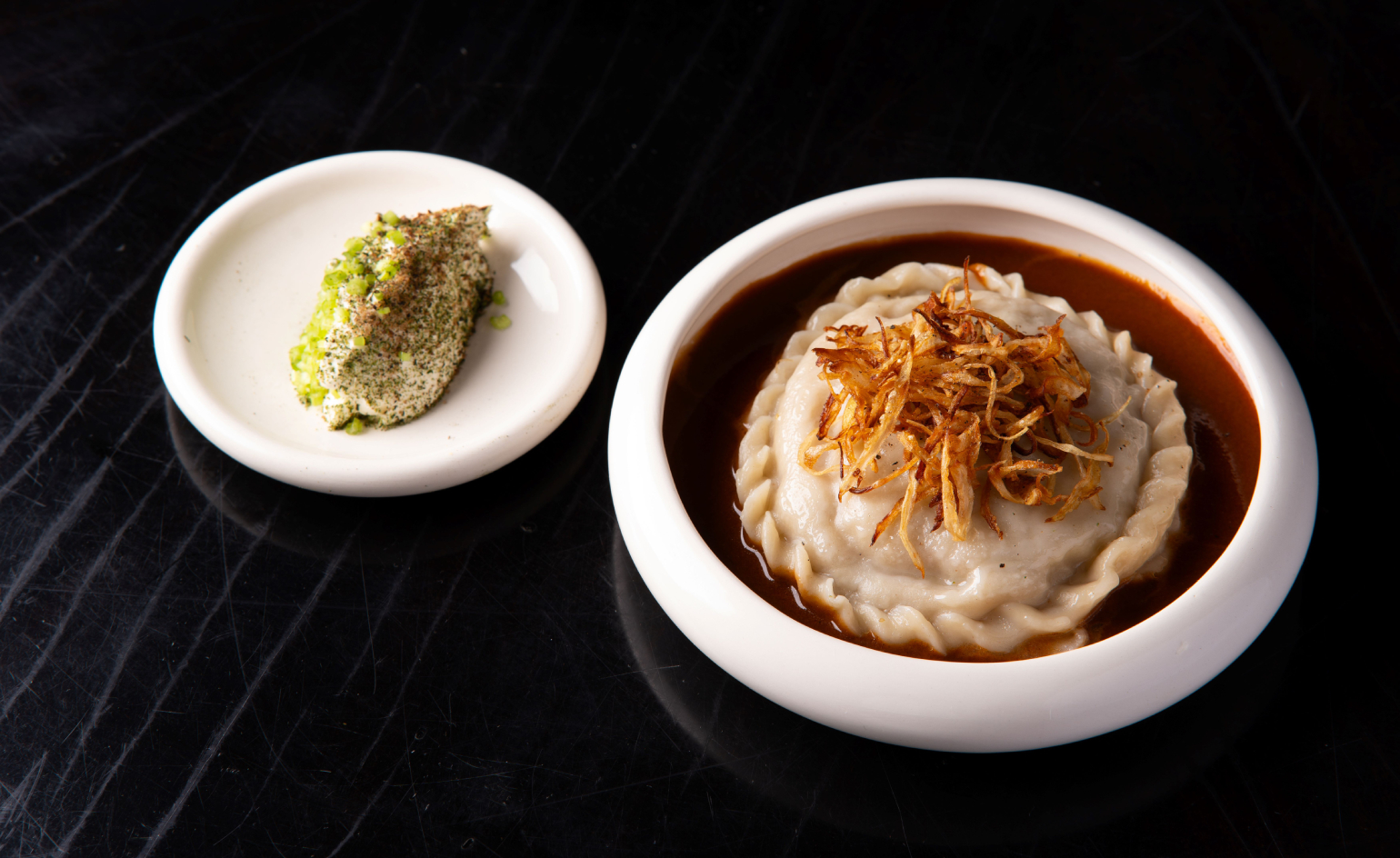 Tatar Bunar puts Ukrainian heritage front and centre
Tatar Bunar puts Ukrainian heritage front and centreFamily recipes and contemporary design merge at this new east London restaurant by Ukrainian restaurateurs Anna Andriienko and Alex Cooper
By Ben McCormack Published
-
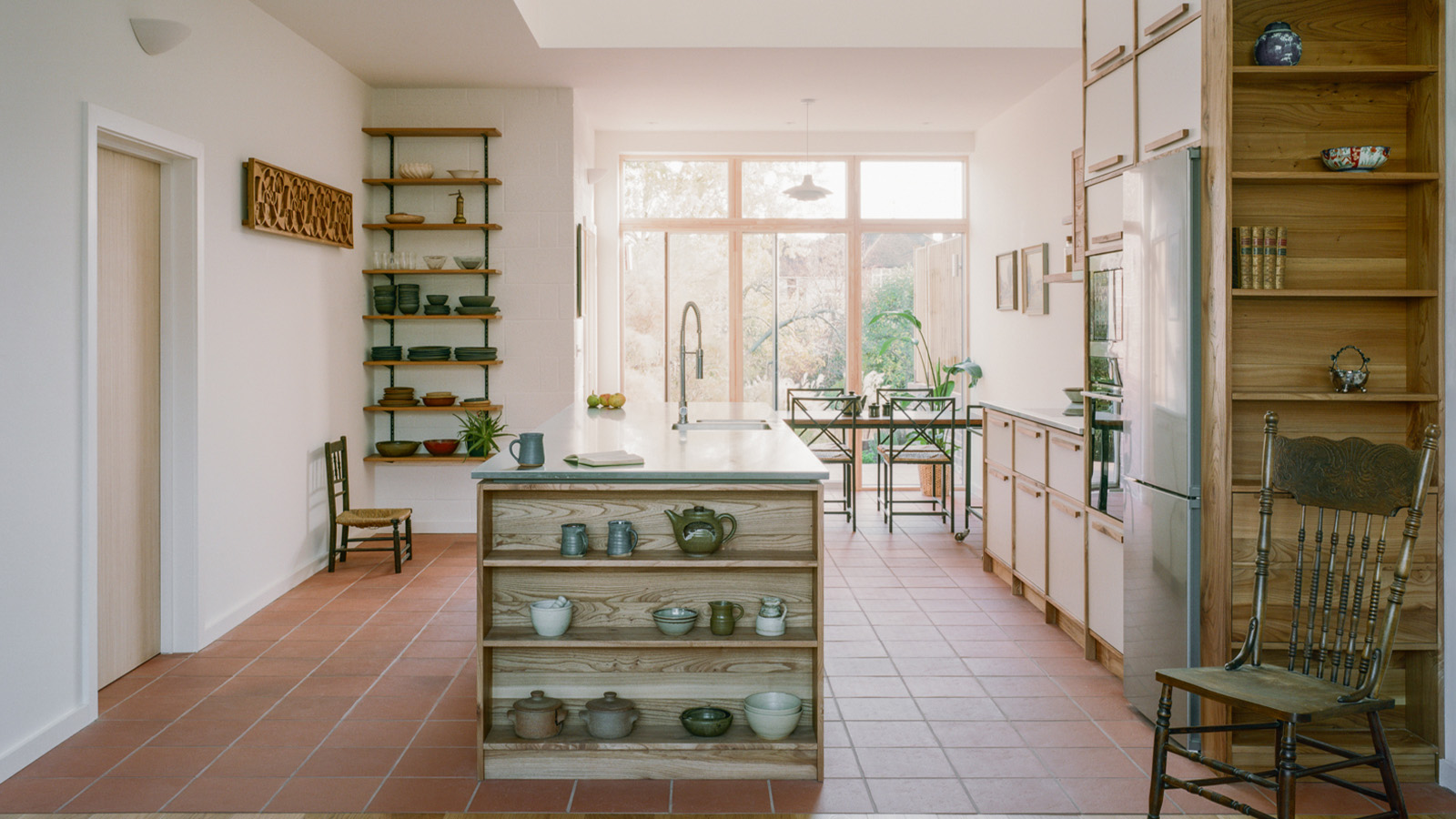 An octogenarian’s north London home is bold with utilitarian authenticity
An octogenarian’s north London home is bold with utilitarian authenticityWoodbury residence is a north London home by Of Architecture, inspired by 20th-century design and rooted in functionality
By Tianna Williams Published
-
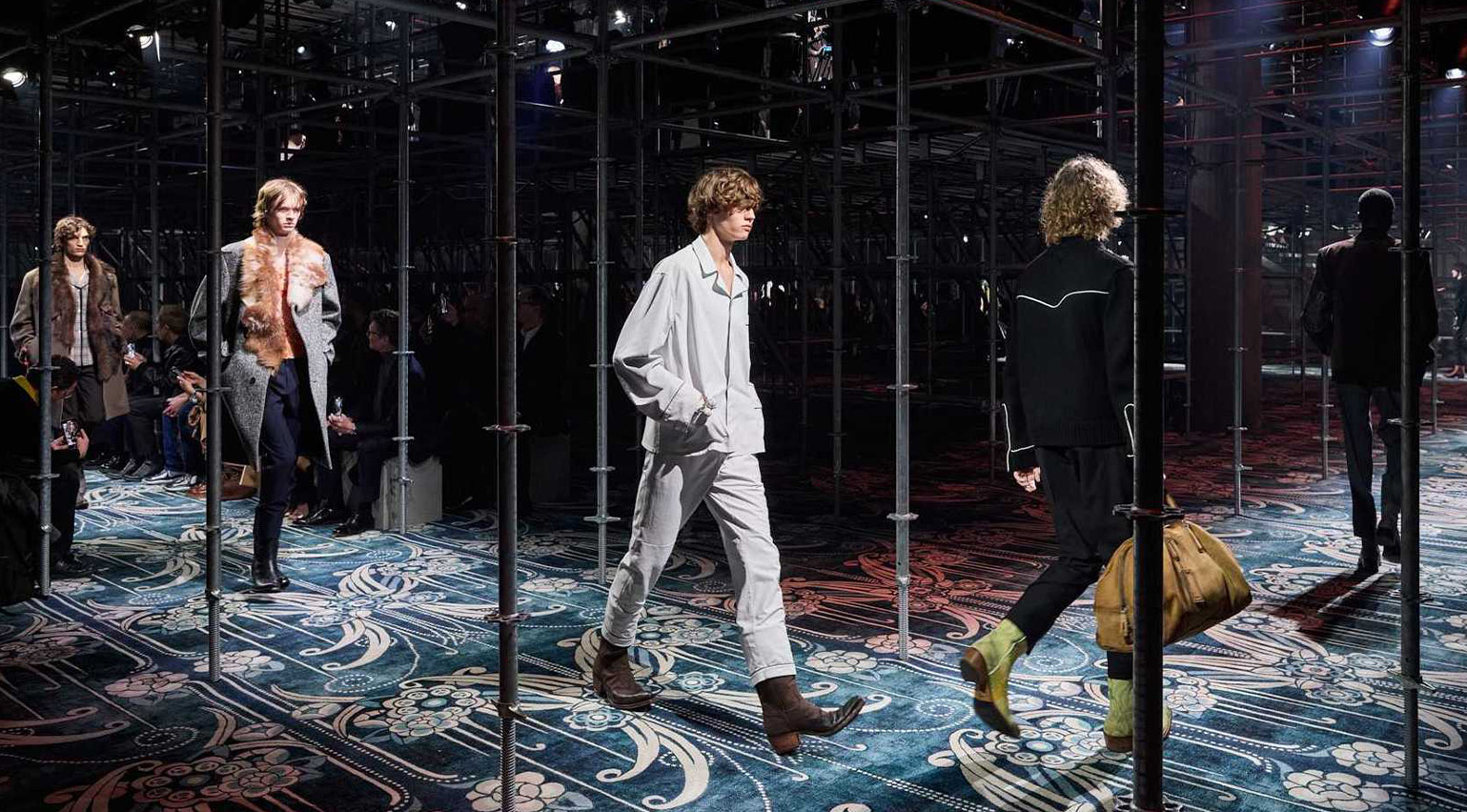 Men’s Fashion Week S/S 2026: what to expect
Men’s Fashion Week S/S 2026: what to expectEverything Wallpaper* knows about Men’s Fashion Week S/S 2026 so far, from Homme Plissé Issey Miyake’s guest spot at Pitti Uomo to Paul Smith’s celebration of Italy in Milan
By Jack Moss Published
-
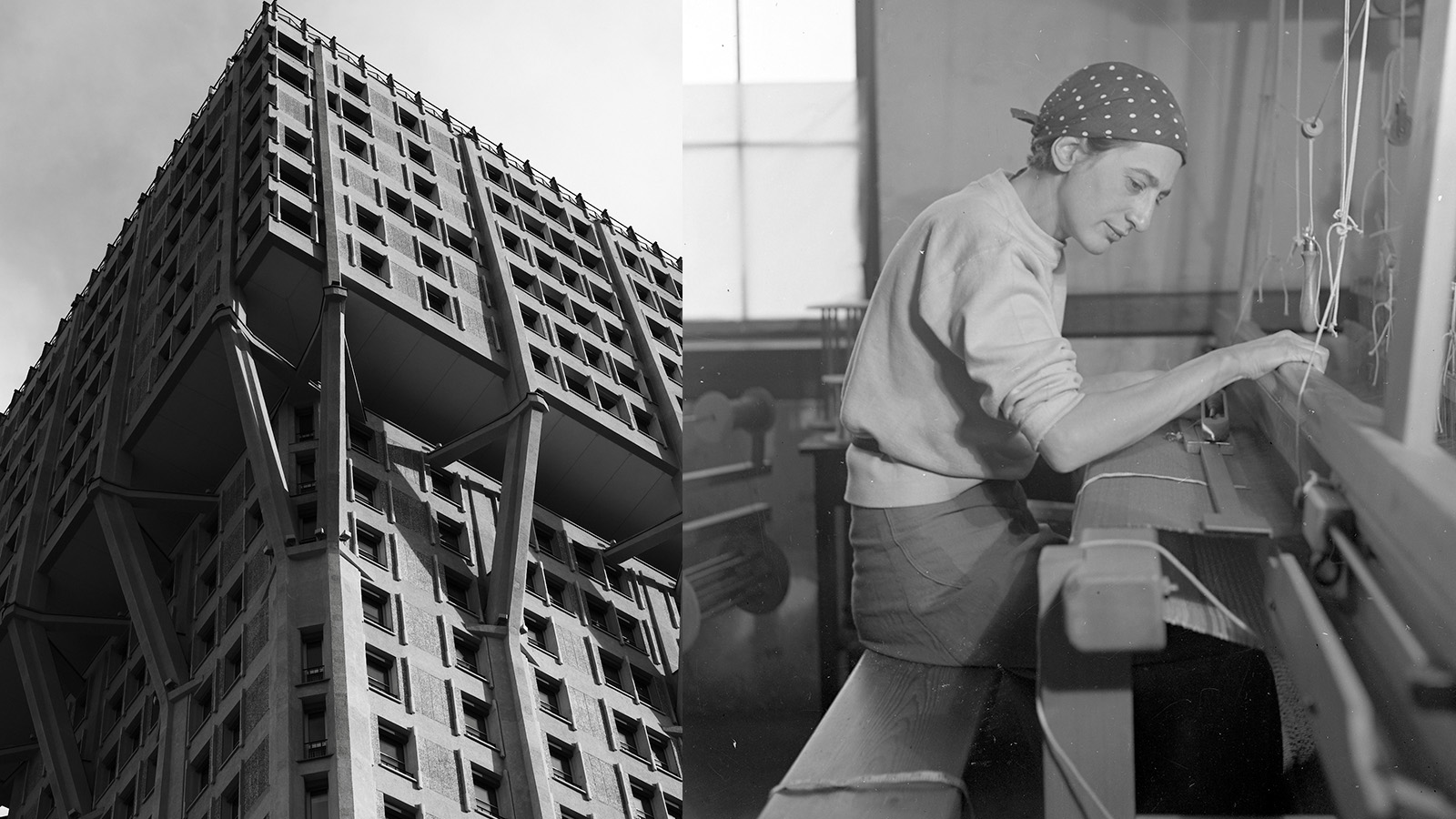 Anni Albers' weaving magic offers a delightful 2-in-1 modernist showcase in Milan
Anni Albers' weaving magic offers a delightful 2-in-1 modernist showcase in MilanA Milan Design Week showcase of Anni Albers’ weaving work, brought to life by Dedar with the Josef & Anni Albers Foundation, brings visitors to modernist icon, the BBPR-designed Torre Velasca
By Ellie Stathaki Published
-
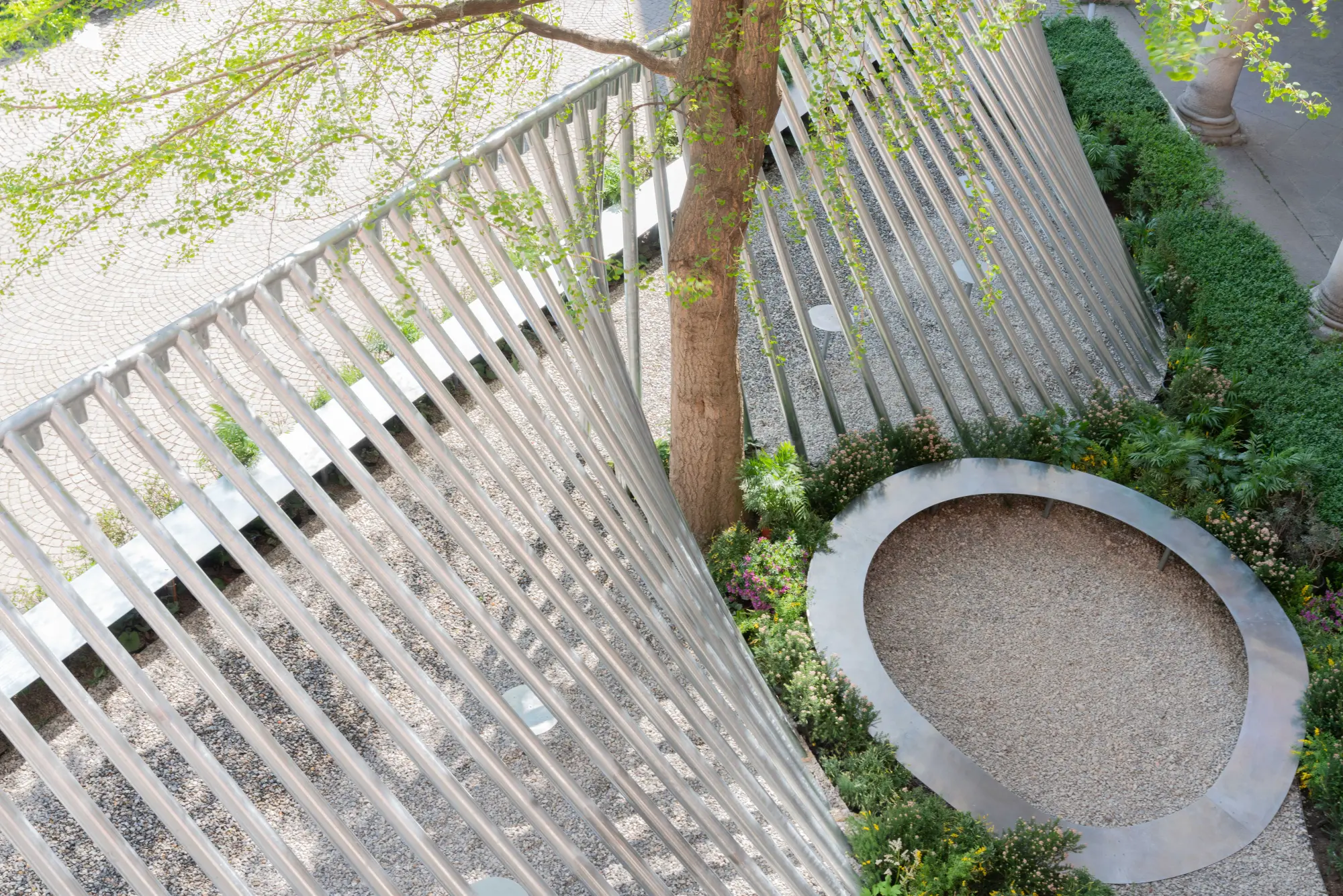 Milan Design Week: ‘A Beat of Water’ highlights the power of the precious natural resource
Milan Design Week: ‘A Beat of Water’ highlights the power of the precious natural resource‘A Beat of Water’ by BIG - Bjarke Ingels Group and Roca zooms in on water and its power – from natural element to valuable resource, touching on sustainability and consumption
By Ellie Stathaki Published
-
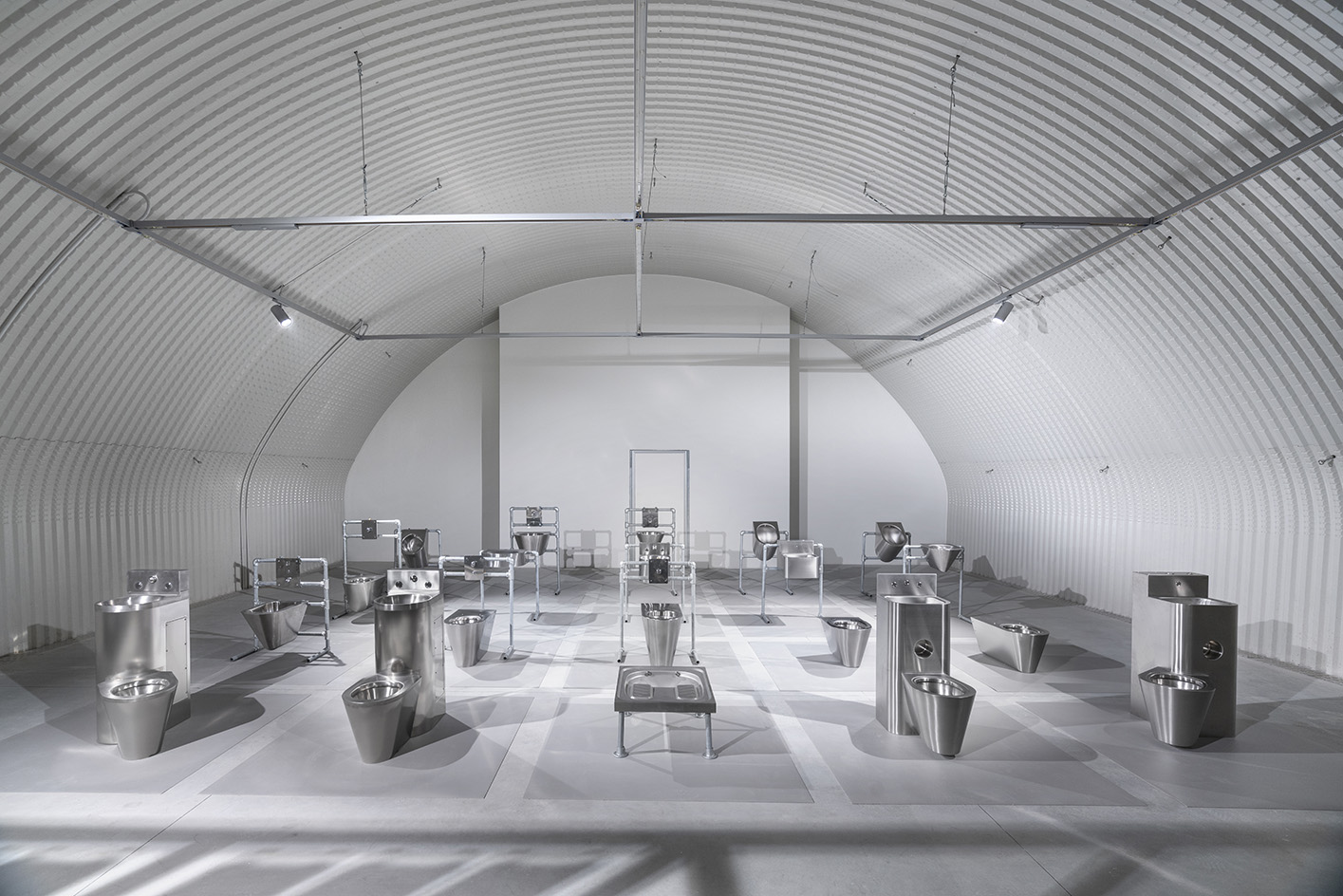 Milan Design Week: Dropcity challenges detention space design with 'Prison Times'
Milan Design Week: Dropcity challenges detention space design with 'Prison Times'Dropcity's inaugural exhibition 'Prison Times – Spatial Dynamics of Penal Environments', opens a few days before the launch of Milan Design Week and discusses penal environments and their spatial design
By Ellie Stathaki Published
-
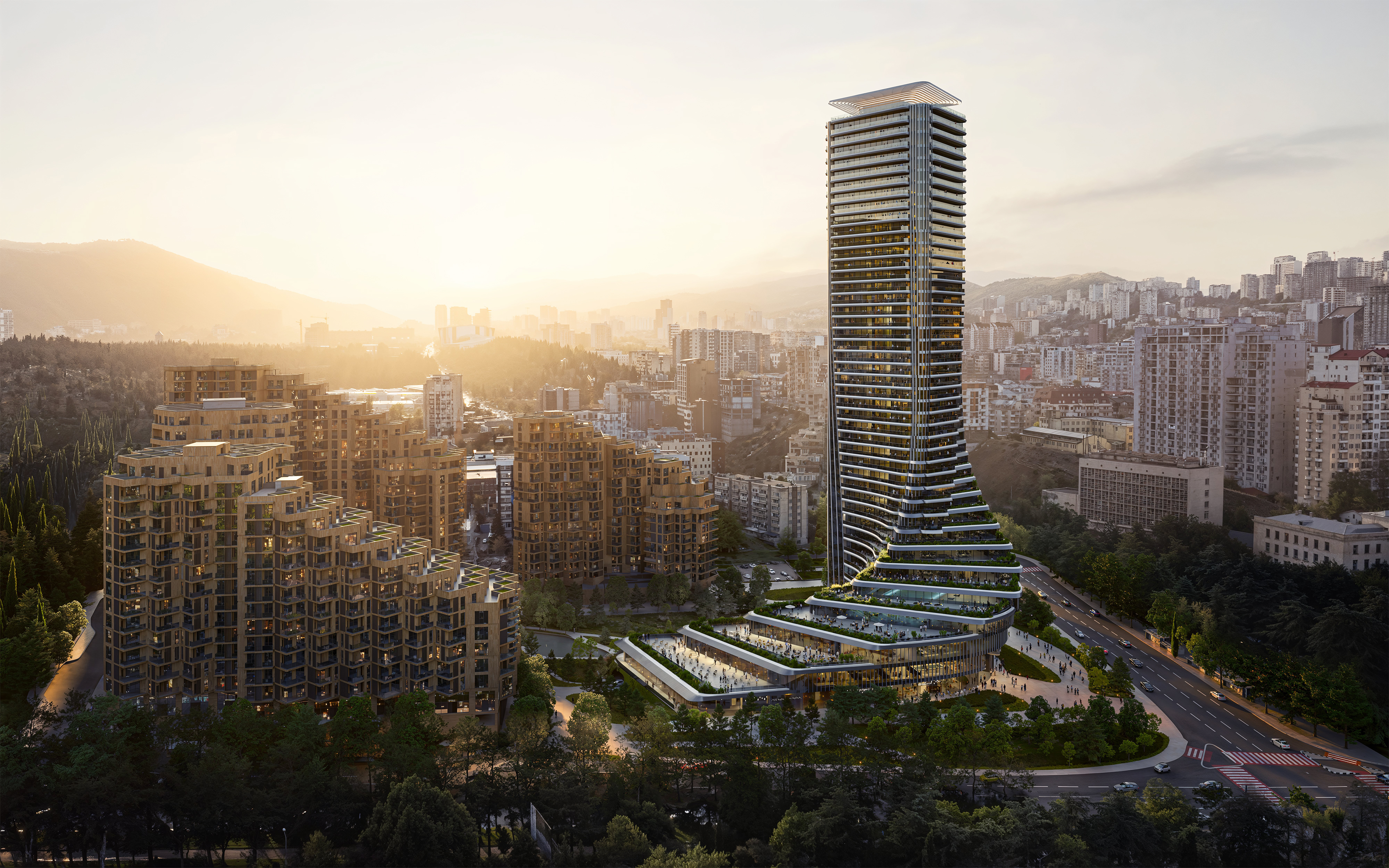 The upcoming Zaha Hadid Architects projects set to transform the horizon
The upcoming Zaha Hadid Architects projects set to transform the horizonA peek at Zaha Hadid Architects’ future projects, which will comprise some of the most innovative and intriguing structures in the world
By Anna Solomon Published
-
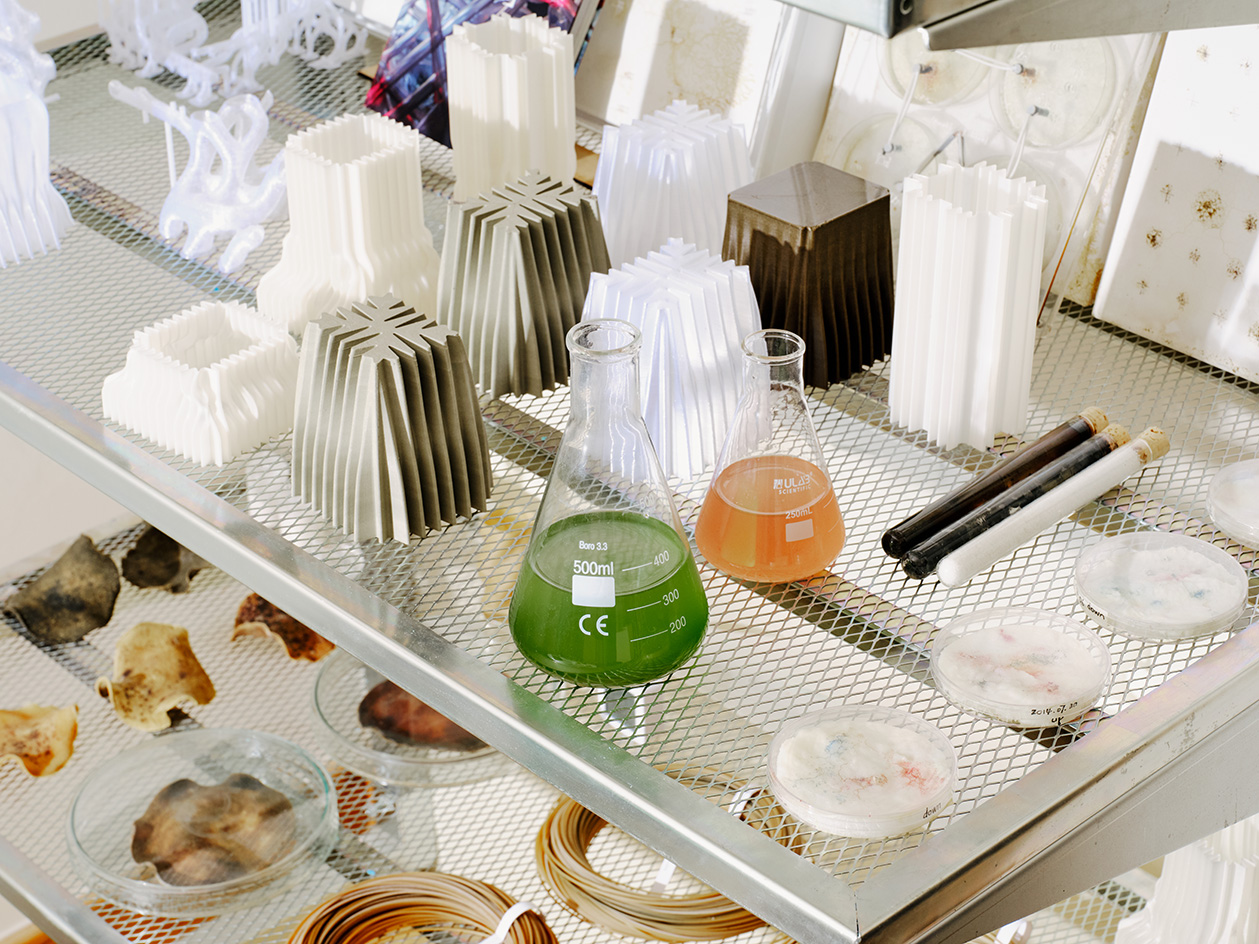 Is biodesign the future of architecture? EcoLogicStudio thinks so
Is biodesign the future of architecture? EcoLogicStudio thinks soWe talk all things biodesign with British-Italian architecture practice ecoLogicStudio, discussing how architecture can work with nature
By Shawn Adams Published
-
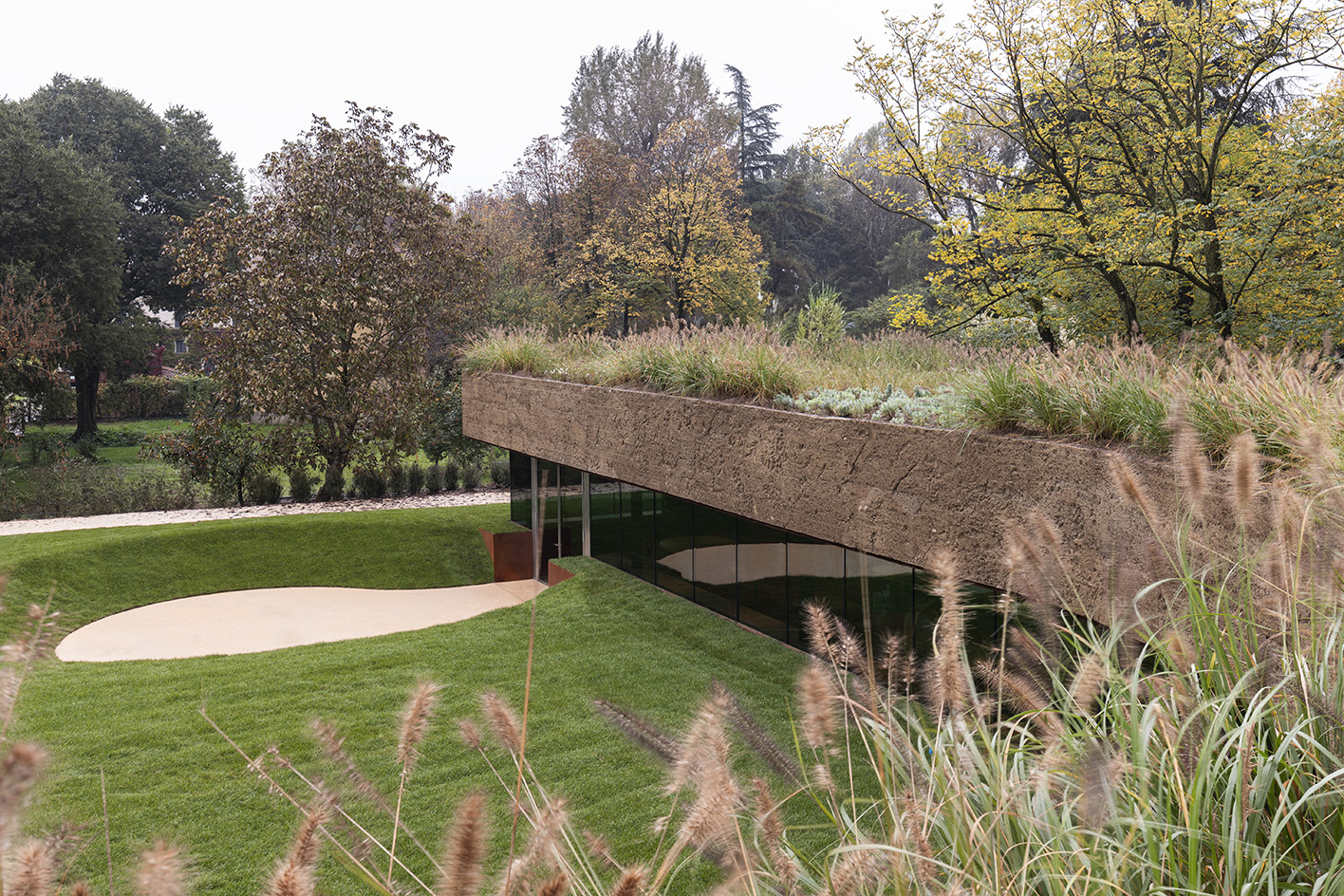 Meet Carlo Ratti, the architect curating the 2025 Venice Architecture Biennale
Meet Carlo Ratti, the architect curating the 2025 Venice Architecture BiennaleWe meet Italian architect Carlo Ratti, the curator of the 2025 Venice Architecture Biennale, to find out what drives and fascinates him ahead of the world’s biggest architecture festival kick-off in May
By Ellie Stathaki Published
-
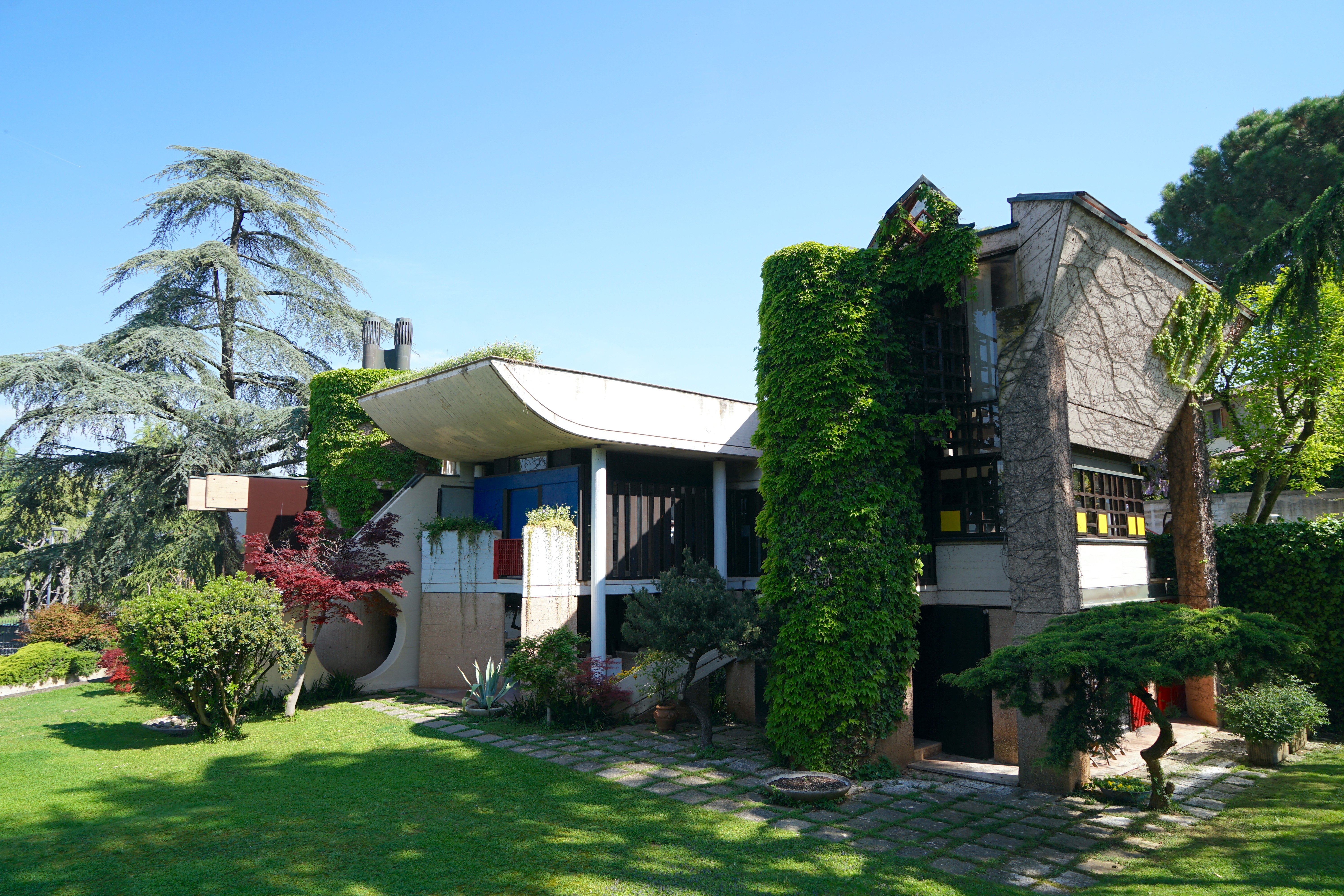 The brutal harmony of Villa Caffetto: an Escheresque Italian modernist gem
The brutal harmony of Villa Caffetto: an Escheresque Italian modernist gemThe Escheresque Italian Villa Caffetto designed by Fausto Bontempi for sculptor Claudio Caffetto
By Adam Štěch Published
-
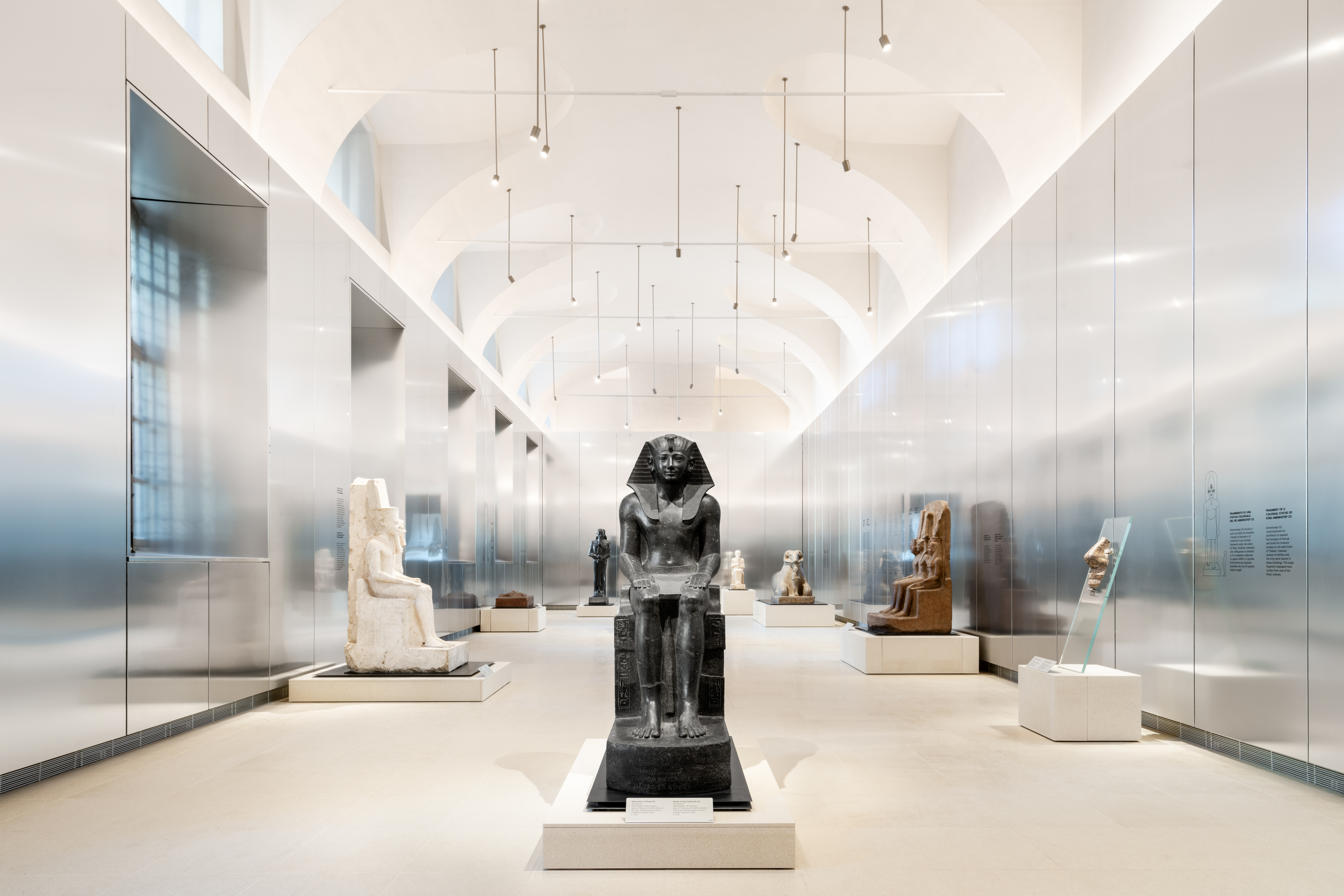 Turin’s Museo Egizio gets an OMA makeover for its bicentenary
Turin’s Museo Egizio gets an OMA makeover for its bicentenaryThe Gallery of the Kings at Turin’s Museo Egizio has been inaugurated after being remodelled by OMA, in collaboration with Andrea Tabocchini Architecture
By Smilian Cibic Published